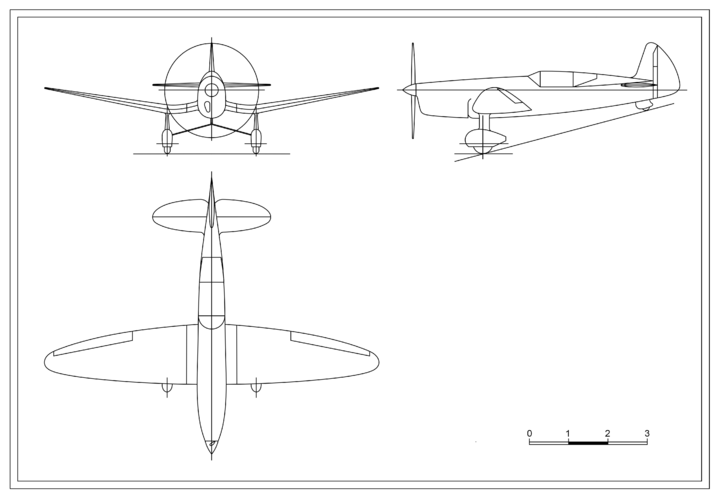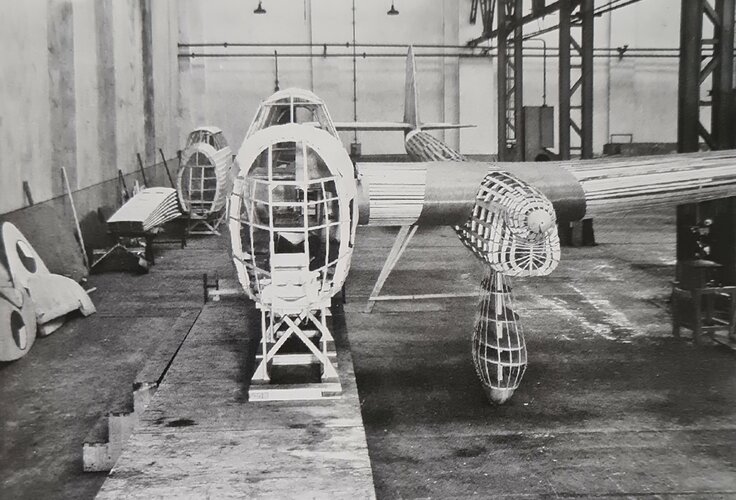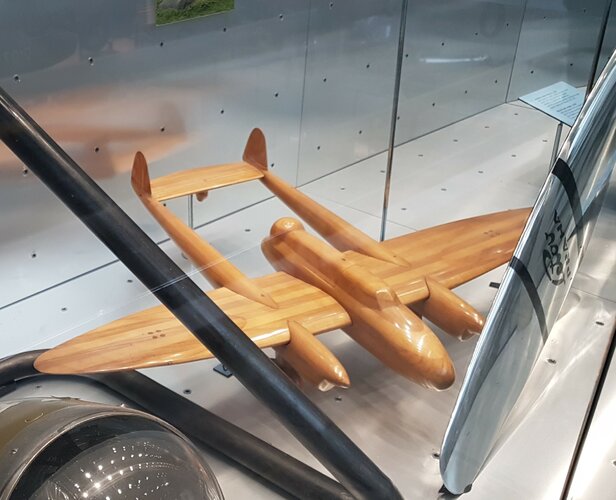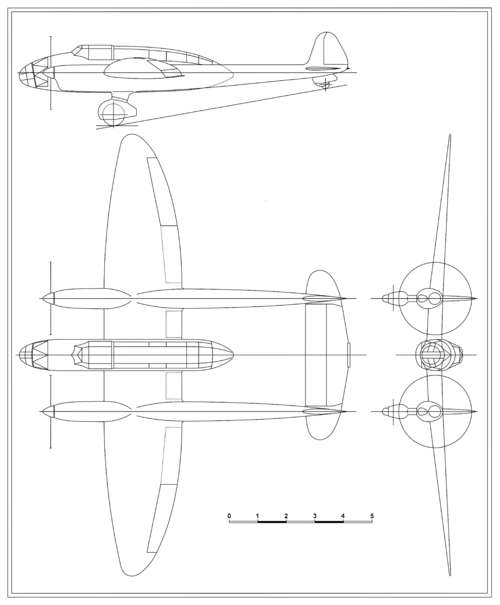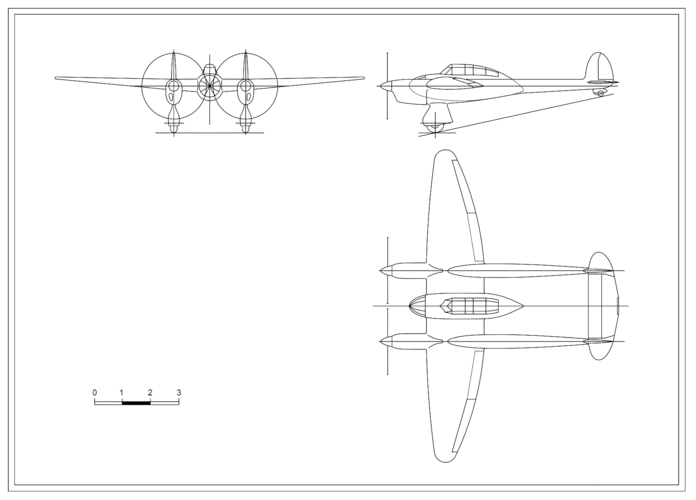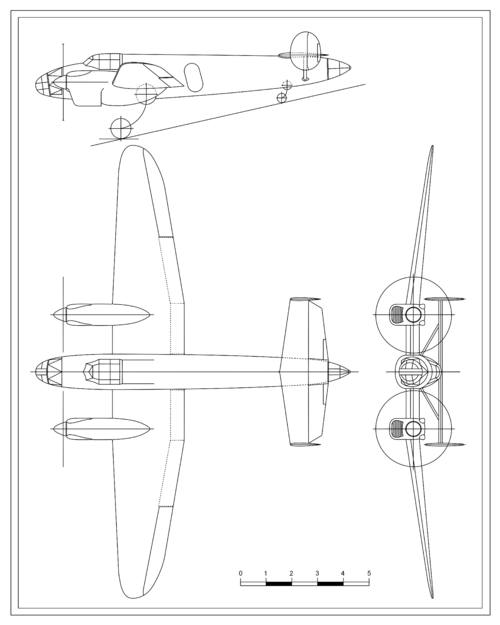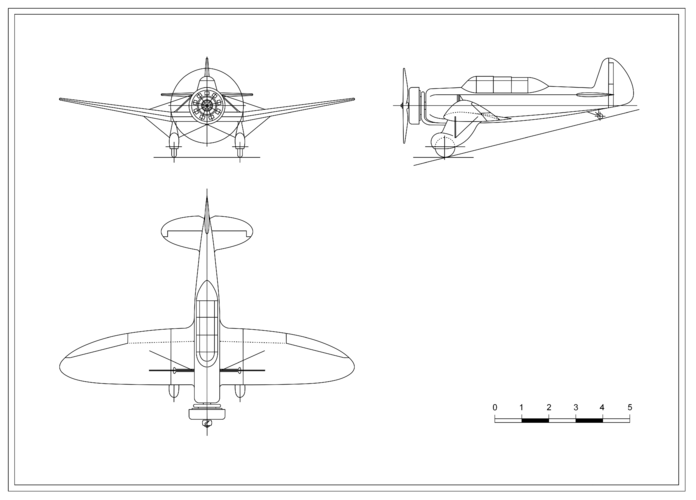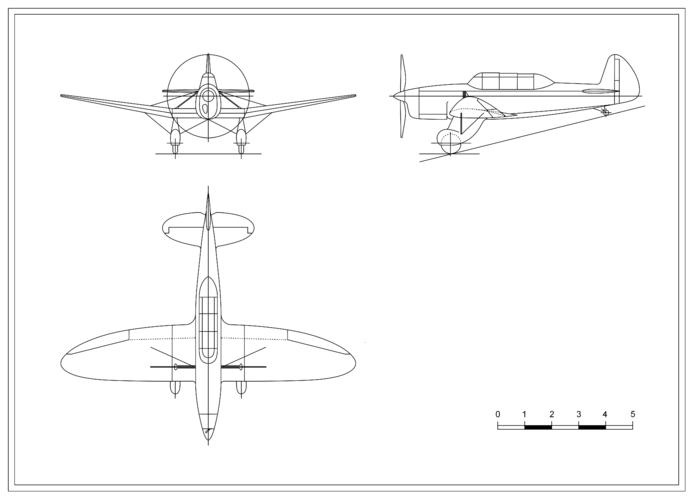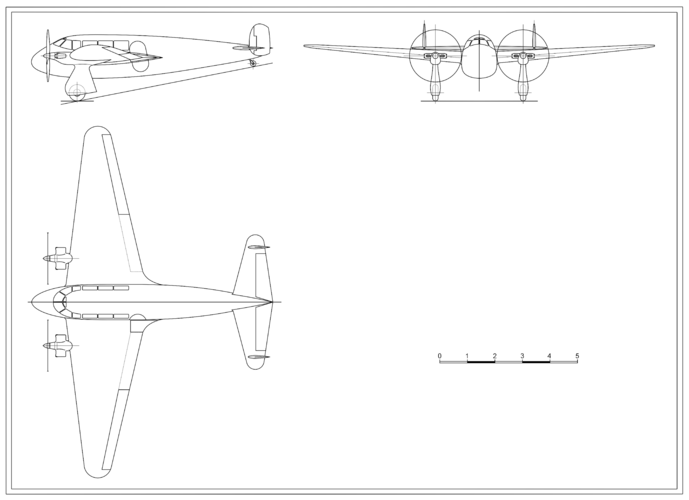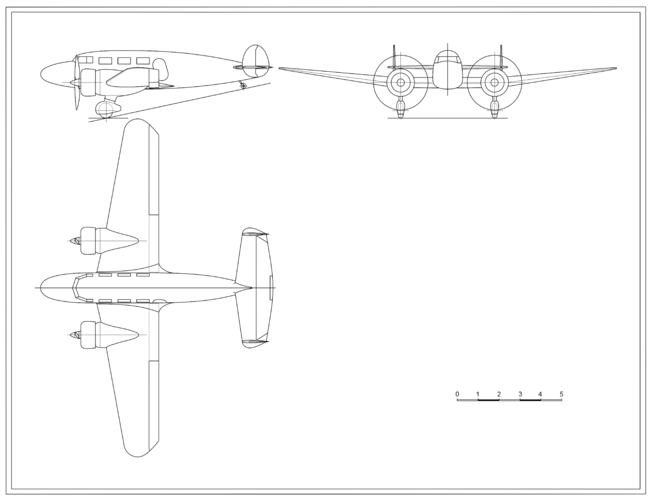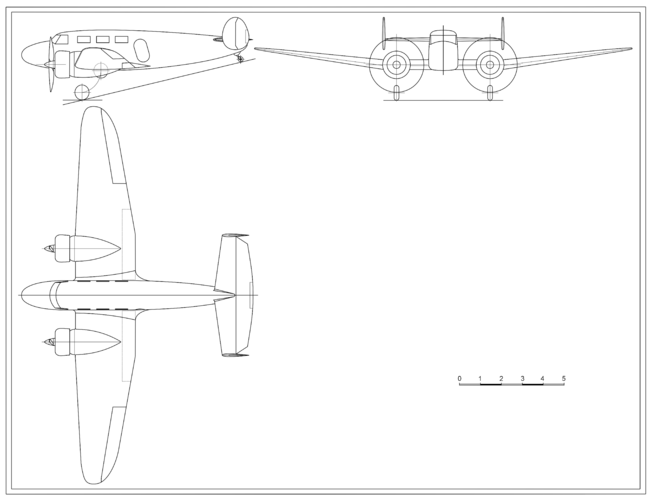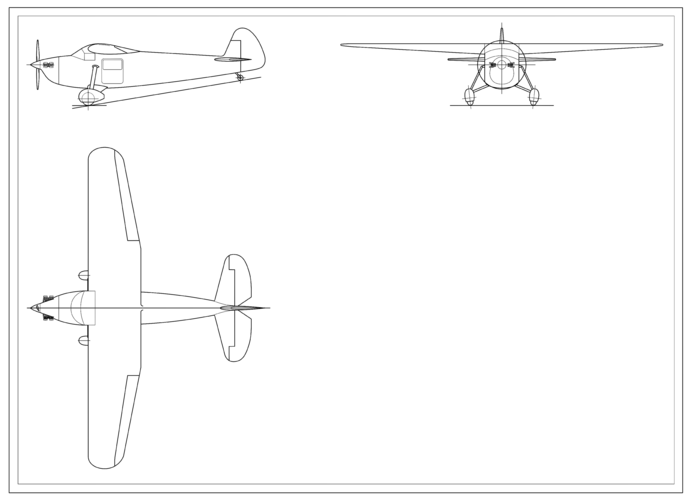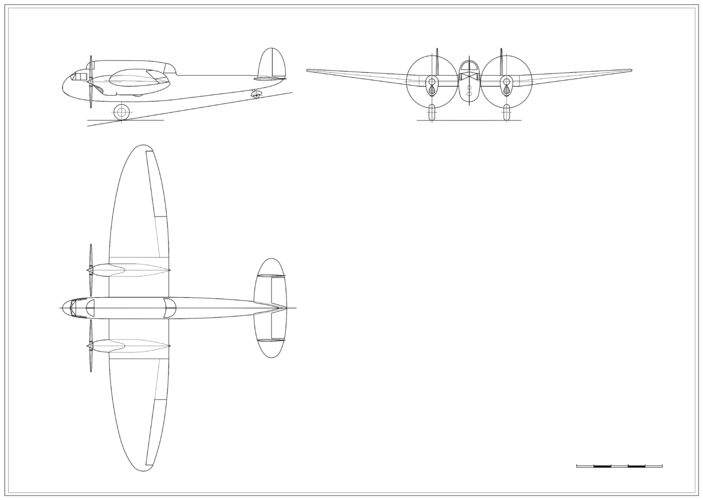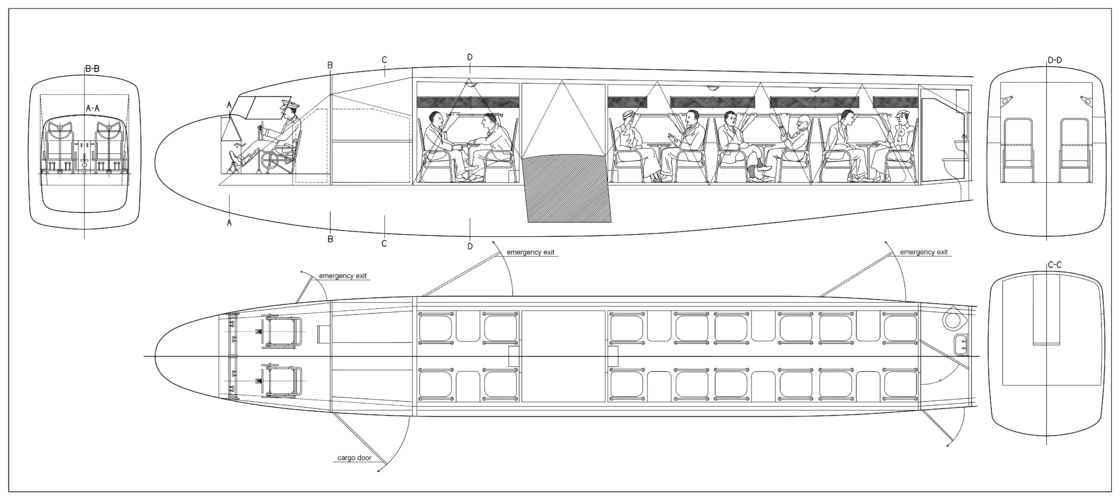Hi,
study of the three-seat unorthodox aircraft Praga B-45 from April 1933. Power was provided by two Praga engines (no further specification) with 2*75 hp. Wingspan: 12,0 m, Length: 9,0 m, Height: 2,6 m, Empty weight: 550 kg, Total weight: 965 kg, Maximum speed: 180 km/h
Source: Bittner Collection of the NTM Prague

study of the three-seat unorthodox aircraft Praga B-45 from April 1933. Power was provided by two Praga engines (no further specification) with 2*75 hp. Wingspan: 12,0 m, Length: 9,0 m, Height: 2,6 m, Empty weight: 550 kg, Total weight: 965 kg, Maximum speed: 180 km/h
Source: Bittner Collection of the NTM Prague

Last edited:



